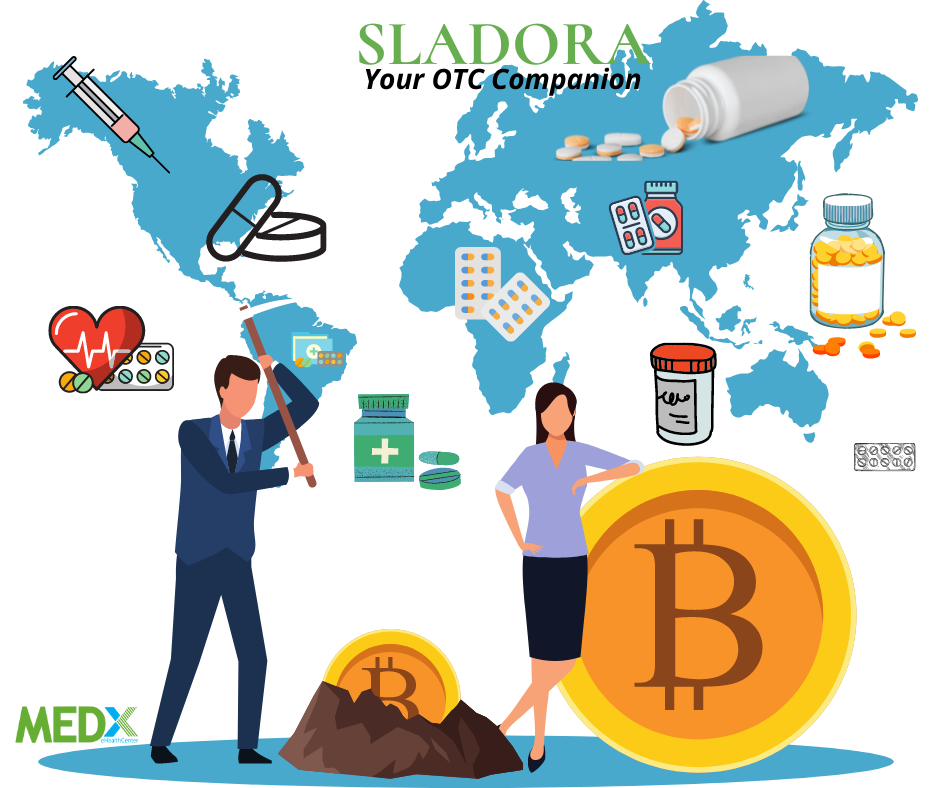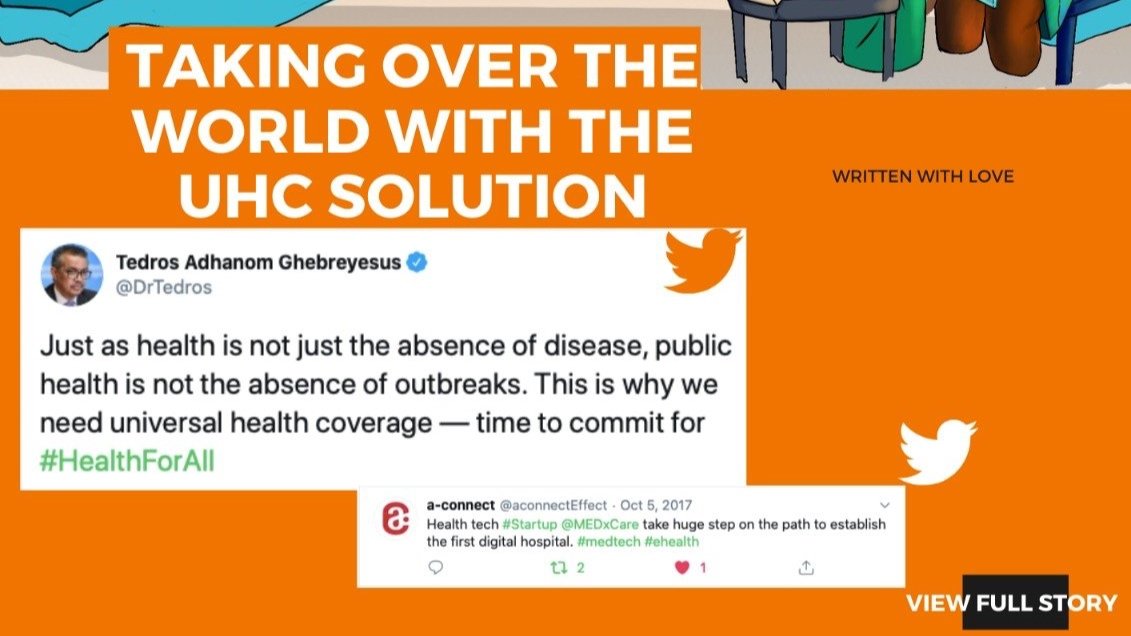
Over 5 billion people worldwide lack access to essential medicines according to UN report in 2015.
Pharmaceutical waste has a negative impact on both the environment and the economy. There have been numerous studies on medical waste management, including recycling and process optimization, and both academics and practitioners have long regarded incineration or landfill as the most appropriate destination for leftover medicines. The annual cost of medication waste in the United Kingdom is estimated to be £300 million (National Audit Office, 2007), €100 million in the Netherlands (Bekker et al., 2019), and up to $5.8 billion in the United States (Law et al., 2015). Medication waste has a significant negative impact on the environment in addition to the financial impact. Pharmaceuticals that are improperly disposed of leave traces in the sewage system, soil, air, and drinking water. Rich research has shown that medicine waste residues can alter the physiological function of living creatures and lead to the emergence of antibiotic-resistant bacteria (Schwartz et al., 2003). Aside from the environmental and economic consequences, medication waste does nothing to help the social dilemma of lack of access to medicines. The alarming current situation is that enormous amounts of medicines are produced every year, only to be thrown away sealed and unused, while over 5 billion people worldwide face difficulty accessing affordable essential medicines (United Nations, 2016).
Fortunately, in recent years, more and more people have spoken out in favor of medication reuse as a means of reducing medication waste. In the United States, medication reuse programs that receive medicines from individuals or organizations and provide them to those in need free of charge after necessary inspection, sorting, and packing are already in place and supported by local laws.
The term "medication reuse" is neither standardized nor definite. The concept itself is open to interpretation depending on the context in which it was used. Some might define "medication reuse" as the process of patients returning eligible and reusable leftover medicines to organizations that redistribute those medicines to people in need (Dean, 2021; Alhamad, 2020). Some people consider recycling packaging materials and components to be a type of medication reuse (TerraCycle, 2021). Others may believe that "medication reuse" is simply redispensing unused medication, regardless of whether it is returned by patients or health facilities (Bekker feasibility, 2019). We examined this topic from the standpoint of the supply chain and logistics process, which connects more people to the medications they require. As a result, the process of reusing unused medicines that would otherwise be destroyed is implied. Most of these unused medicines are leftovers from prescriptions for individual use at homes and health care facilities. In some exceptional cases, unused medicines have not been prescribed to anyone's name but have simply expired, and they are donated by pharmaceutical manufacturers for good use, preventing them from becoming medical waste. Medication recycling encompasses a broader concept than medication reuse. The latter is concerned with what to do with the medicines gathered through recycling. The idea behind medication reuse is that instead of incinerating them, as is commonly done, the medications can be inspected, sorted, and redistributed for use by other patients.
While medication recycling is a universal practice around the world, medication reuse remains controversial, with only a few countries worldwide approving it. Let's go over the global programs for reusing one patient's medicine for another person, country by country.
United Kingdom
Medication reuse programs are still uncommon in the United Kingdom. Even the only one discovered so far operates under strict guidelines (the so-called Standard Operating Procedure) and only in the context of nursing homes and hospices. The drug shortage during the COVID-19 pandemic forces the government to consider and acknowledge the possibility of redistributing medicines no longer required by their previous owner (Donyai, P. et al., 2020). If, for example, the original owner of the medicines died, the medicines will be kept in this care home or hospice after a series of requests and inspections, ready to be administered to another patient with a valid prescription from a medical professional.
Part 12 of the Human Medicines Regulations 2012 states, "Provided that a supply is, in fact, in accordance with the prescription, for the specific purposes, it will generally not be relevant how that medicine is sourced." However, the regulatory rationality does not eliminate the primary concern about the quality of drugs that have left the pharmacy, which is why the Department of Health and Social Care (DHSC) does not recommend that such schemes be implemented in normal circumstances. During this difficult time, they are permitted on the condition that hospices and care homes adhere to the General Appropriate Storage Procedure, ensuring the quality of unused medicines stored there.
This scheme is already in use in NHS hospitals throughout the United Kingdom. However, the SOP states that medicines should only be reused for another person if the previous owner absolutely (e.g., death), not currently, no longer requires them, and only if all other sources have failed to supply them (NHS England, 2020).
The United States
There are clear laws in the United States approving drug donation programs in specific states, resulting in the emergence of a number of such organizations. Each state has its own set of laws. Each state's recently passed Good Samaritan Drug and Medical Supply Donation Acts (e.g., Good Samaritan Drug and Medical Supply Donation Act, 2013) serve as legal backup for the country's medication donation programs. Despite the name "drug donation," such programs are fundamentally about medication reuse, with domestic donating serving as a source of medicines. Individuals and organizations donate unused medications to these programs, which sort, inspect, register, store, and redistribute them to individuals or non-profit organizations that work with patients in need.
By the fall of 2021, 40 states in the United States had passed legislation establishing prescription drug repository programs. Existing operational programs can be found in 27 states and Washington, D.C. Thirteen states, plus Guam, have passed legislation, but there is no current program. In addition to a general drug repository program, twelve states—California, Florida, Kentucky, Michigan, Minnesota, Montana, Nebraska, Nevada, Ohio, Pennsylvania, Utah, Washington, and Wisconsin—have more permissive cancer medication programs. 2021 (ncsl.org). Regulations (Act 2022-H 7133) have been introduced in Rhode Island state that would authorize the establishment of a program to redistribute unused medication to patients who have difficulty accessing or paying for their prescriptions. This act is expected to take effect on January 1, 2023. (Nunes, 2022). Because these laws are all state-regulated, they differ in the following ways:
Accepted medication types
Who is eligible to donate drugs?
Where are the donations collected?
What happens to the medicines after they are collected?
Colorado and Florida, for example, only accept unused cancer-treatment medications. Georgia and Iowa, on the other hand, accept all prescription and over-the-counter medications as long as they meet certain criteria (Strum, 2021). However, it is worth noting that selling or reselling donated prescription drugs is illegal in all cases (ncsl.org), implying that the collected medicines should be provided to patients free of charge by these programs.
The Netherlands
It was not possible to reintroduce returned medicines into the Dutch market until March 2021. According to the Royal Dutch Pharmaceutical Society (KNMP), this is due to the inability to verify whether the product was properly stored, a concern shared by the UK. So far, all recycled unused medications have been discarded to avoid the risk of improper reuse.
Nonetheless, a pilot program in the Netherlands is underway, allowing expensive cancer drugs to be prescribed for another patient after a pharmacist examination, with the collaboration of four hospitals (nltimes.nl, 2021).
China
Numerous studies on China's recycling and disposal of medication waste have been conducted (Zhou, 2018; Dai, 2018), and the importance of medication disposal has been established by these studies. However, almost no research has been conducted in China on the possibility of implementing medication reuse. There is no explicit law on the subject, either prohibiting or approving it. While domestic medication reuse or donation is no longer an option in China, the country has issued detailed rules regarding foreign drug donations (Taylor, 2008). Because that is not something that this project seeks to investigate, it will not be discussed further.
Other countries
While stakeholders are eager to discuss the importance of proper medical waste disposal and medication recycling (Xie and Breen, 2013; Aghalaya et al., 2012; Ali and Abdelsalam, 2017; Sun et al., 2019; Government of Canada, 2014), medication reuse remains an unexplored field in the majority of counties and regions.
During the peak of the Covid-19 pandemic, a frontline medical volunteer in Mumbai started a program called "Meds for More," which asked people to donate their unused drugs and then distribute them to those in need after inspection, sorting, and packing. Because of the severe medicine shortage at the time, the demand for drugs distributed by the program increased dramatically (medsformore.org, 2021). In the long run, the program is expected to expand and include more coverage, not just Covid-19. Reusing medicines, on the other hand, is still a relatively unknown concept in India, but it is gaining traction (Gurgaon and Bengaluru, 2014).
Tanzania receives significant in-kind medication donations from other countries (Reich, 1999). In Tanzania, however, there is no established domestic medication donation or reuse program. Domestic MR can benefit from the standard procedure and optimization of cross-country donation because the processes are similar: from donors to recipients to patients (Mariacher et. al, 2008).
International medicine donations are typically directed toward extremely poor countries or regions that have recently experienced natural disasters. WHO (2010) published a guideline for cross-national medicine donation, which serves as the foundation for all countries' donating or receiving procedures worldwide. The biggest problem with medicine donation is the disparity between donor supply and recipient demand. Excess qualified medicines frequently flood into one country and end up as waste. Meanwhile, a large number of inappropriate ones accumulate, increasing the cost of disposal. For example, following an earthquake in Gujarat, India in 2001, despite the fact that 95 percent of the 1,308 tons of drugs donated were in accordance with the WHO Drug Donation Guidelines, the amount far exceeded the need, resulting in additional huge costs for the recipient country to dispose of them as medical waste (WHO, 2010).
SAVING THE PLANET BY SAVING MEDICATIONS



